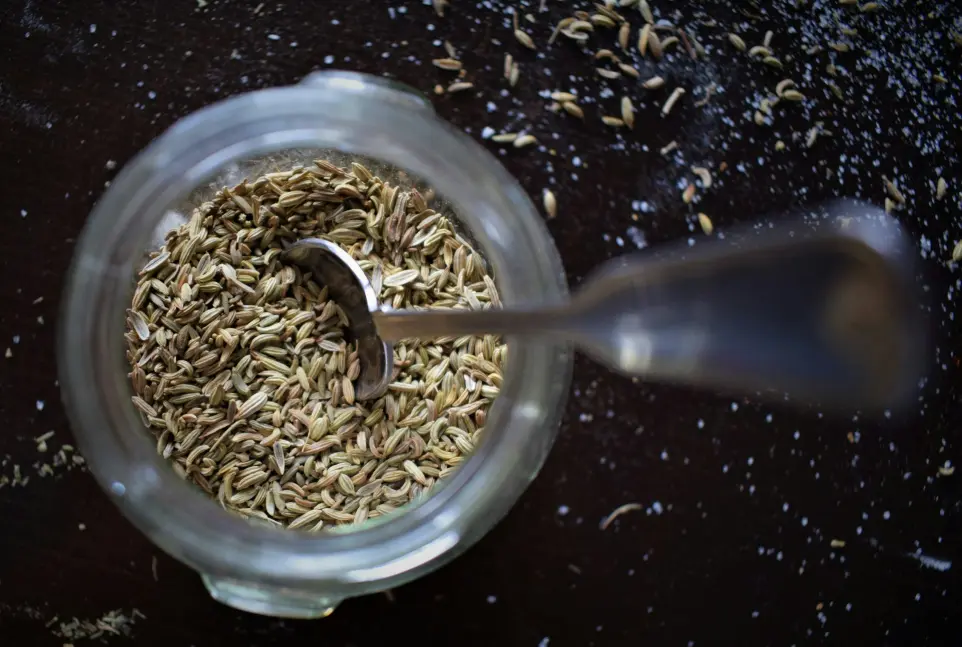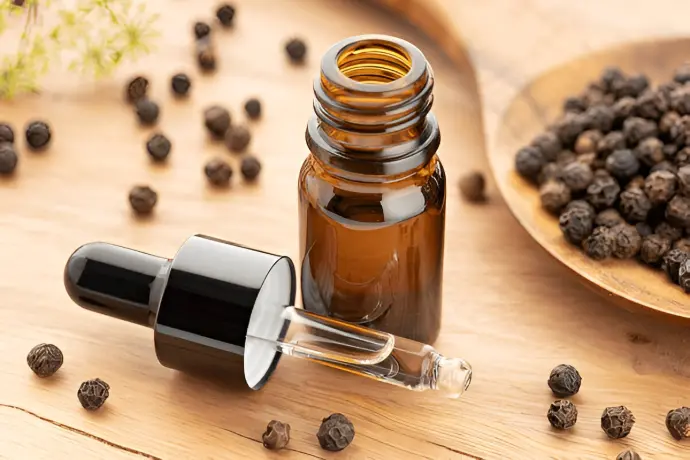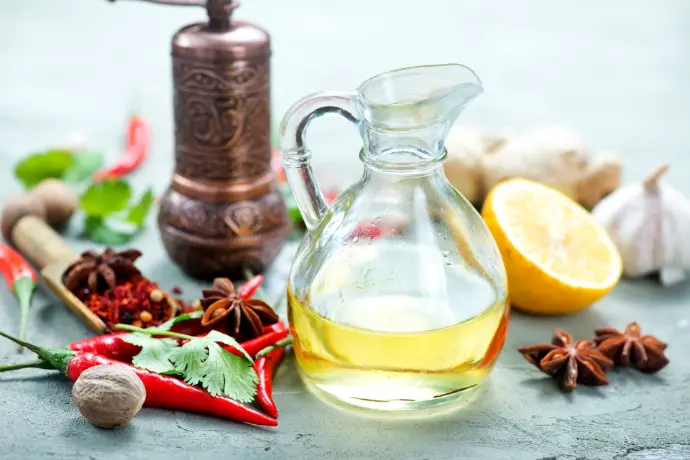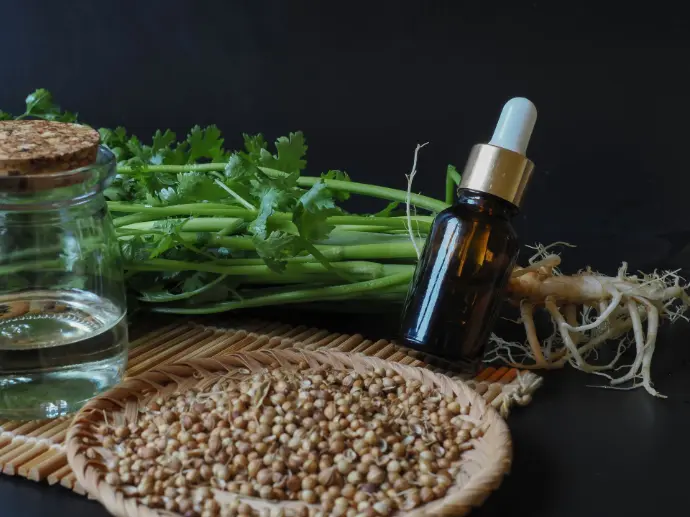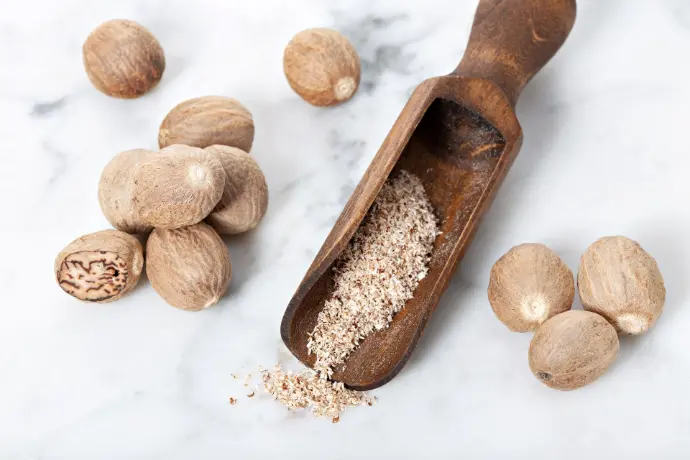About Product
Cumin oleoresin is produced from Cuminum cyminum, a flowering herb in the Apiaceae family that springs from the dry grasslands of southwestern Asia and the Middle East. Popular around the globe, both the whole seeds and the ground spice make an unmistakable mark on stews, breads, and street foods alike.
The bright yellowish-green oleoresin takes shape when dried seeds are passed through a Super Critical Fluid Extraction unit that many analysts now label green technology. That semi-solid extract oils the palette with scents rooted in toasted earth.
Chemical profiling reveals an aromatic medley that includes -pinene, p-cymene, and the pungent ketone cuminaldehyde. Taste testers note an upfront sweetness that quickly gives way to a dry, bittersweet bite. Anyone familiar with curry powders has met this oleoresin, sometimes without even knowing it.
Beyond flavor, modern studies peg the concentrate as an antioxidant, antiseptic, and mild diuretic. Herbalists rely on it for digestive ease and for easing the spastic grip of a cranky gut.
In the clinic, some rheumatologists bring the oleoresin into topical liniments aimed at musculoskeletal aches and the wear of osteoarthritis. The ingredient is hardly a silver bullet, yet patients often report a measurable lift in comfort.
Cumin oleoresin has a long-standing reputation in folk medicine as a gentle stimulant for the digestive tract, offering quick relief from colic, dyspepsia, bloating, and stubborn flatulence. The same extract is occasionally described as a nervous-system tonic, with practitioners noting its usefulness against tension headaches, migraine, and general nerve fatigue.
Composition
- Cuminaldehyde: The primary active compound responsible for cumin’s characteristic flavor and aroma. It has numerous health benefits, including digestive aid and antimicrobial properties.
- Other Essential Oils: Includes compounds like gamma-terpinene, p-cymene, and thymol, which contribute to the aroma and flavor.
- Other Components: Organic acids, resins, flavonoids, and terpenoids that enhance the flavor and medicinal benefits of the oleoresin.
Physical Characteristics
- Appearance: Typically a yellowish to brownish, thick liquid or semi-solid depending on concentration.
- Odor: Strong, earthy, spicy, and warm, with a distinct pungency typical of cumin.
- Taste: Slightly bitter and spicy, characteristic of cumin seeds.
Health Benefits
- Digestive Health:
Cumin is known for its ability to stimulate digestive enzymes, relieve indigestion, and promote better absorption of nutrients. It also has carminative properties, helping to reduce gas, bloating, and discomfort in the gastrointestinal tract. - Antioxidant Protection:
Cumin Oleoresin contains powerful antioxidants, including flavonoids and polyphenols, that protect cells from oxidative stress and damage caused by free radicals. This contributes to overall wellness and anti-aging benefits. - Anti-inflammatory Effects:
The compounds in cumin oleoresin, especially cuminaldehyde, have anti-inflammatory effects, making the oleoresin useful in pain relief treatments and in managing conditions like arthritis and other inflammatory diseases. - Antimicrobial and Antibacterial:
Cumin Oleoresin exhibits antibacterial properties, which help in reducing the growth of harmful bacteria, particularly in digestive and skin-related applications. - Respiratory Health:
Traditionally, cumin has been used to treat colds, coughs, and respiratory issues. Cumin Oleoresin helps clear mucus, relieve coughing, and open the airways.
- Digestive Health:
Key Features
- Source: Extracted from cumin seeds (Cuminum cyminum).
- Active Ingredient: Cuminaldehyde, gamma-terpinene, p-cymene, and other essential oils.
- Physical Characteristics: Yellowish to brownish viscous liquid with a warm, earthy, spicy aroma.
- Applications: Food, pharmaceuticals, cosmetics, fragrance.
- Health Benefits: Digestive support, antimicrobial, anti-inflammatory, antioxidant, and respiratory health.
Application
Cumin oleoresin packs a punch when it comes to taste and smell. One whiff can brighten up an otherwise plain kitchen. The concentrated extract also shows off a long list of health tricks. It acts as an antioxidant, antiseptic, and antispasmodic, among other things.
Chemically, the mix isn't simple at all. Inside you'll find β-pinene, p-cymene, and compounds like cuminaldehyde that give the oil its signature scent. In the spice business, cumin oleoresin is a workhorse flavoring. Industry pros add it to snack foods, seasoning blends, and just about any dish that calls for earthy warmth.
Old-school and modern medicine both give it a nod. Doctors and veterinarians reach for the resin as a carminative and an astringent when indigestion strikes.
Cumin's role as a home remedy isn't a new idea. People have turned to it for gas, colic, diarrhea, and even extra kick when menstruation stalls. The resin also sneaks in a bit of nutrition. A single teaspoon holds almost 2 mg of iron, covering a good slice of the day's needs for most adults.
Copper follows close behind, helping to keep red blood cells in check. In short, adding a dash of this concentrated extract does more than just liven up dinner.
Food Industry:
- Flavor Enhancement:
Cumin Oleoresin is used for its strong flavor profile in various food products such as sauces, curries, soups, and spice mixes. It is used as an ingredient in meat, rice, and vegetable dishes and is a staple in many global cuisines such as Indian, Middle Eastern, and Mexican. - Natural Colorant:
It also imparts a natural yellow-brown color to foods, often used in the preparation of curry powder and other spice blends.
Pharmaceuticals:
- Digestive Health:
Cumin Oleoresin has been traditionally used to support digestion, stimulate appetite, and alleviate issues like indigestion and bloating. It is often used in herbal supplements designed to promote gut health. - Antimicrobial &
Anti-inflammatory:
Rich in compounds that help reduce inflammation, cumin oleoresin is utilized in formulations targeting conditions like arthritis, skin inflammation, and muscle pain. Its antimicrobial properties also make it valuable for skin care products that aim to reduce acne and other bacterial skin issues.
Cosmetics & Personal Care:
- Skin Care:
Due to its anti-inflammatory and antioxidant properties, cumin oleoresin is added to creams, lotions, and ointments to promote healthier, radiant skin, and to reduce irritation or redness. - Hair Care:
It is used in hair oils and shampoos for its antibacterial properties and to help improve scalp health.
Fragrance Industry:
- Scent Profile:
Cumin’s strong, warm, and spicy aroma makes it a popular ingredient in perfumes, incense, and scented oils. Its unique fragrance adds depth and warmth to scent blends, especially in oriental and woody fragrances.
